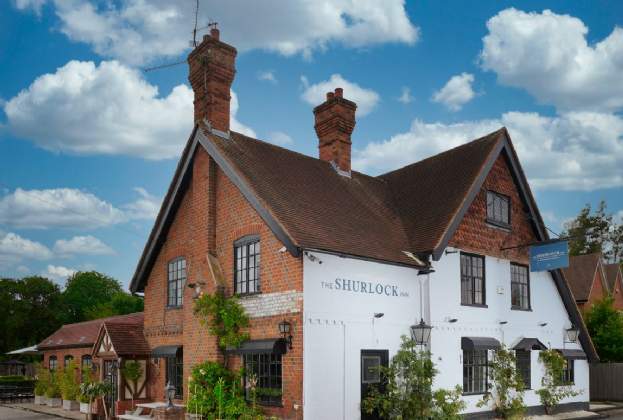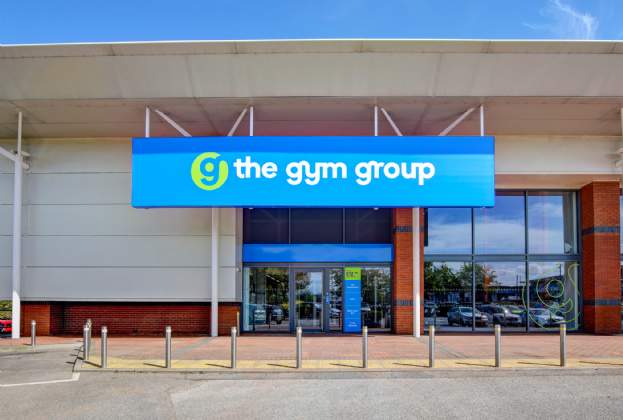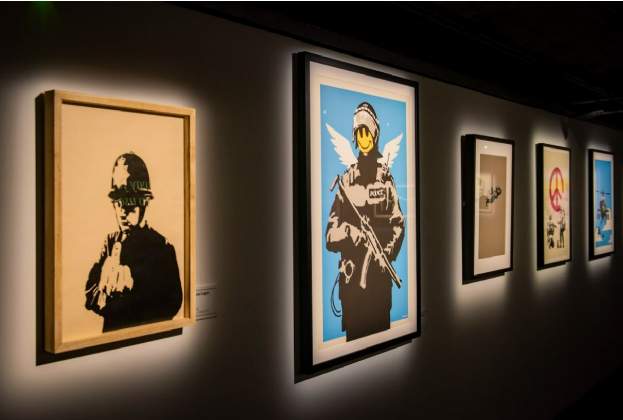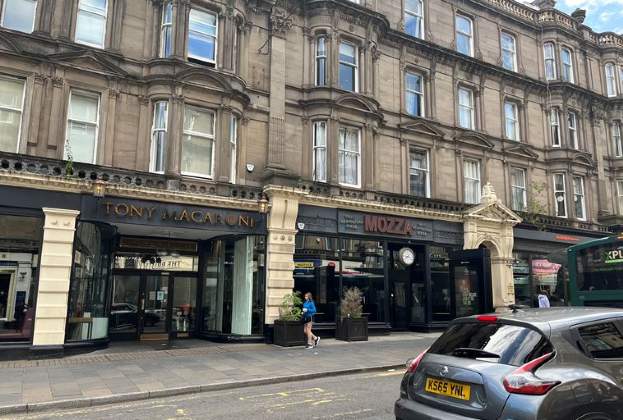Fuelled by a pent-up desire for in-person experiences and interactions following the pandemic, competitive socialising (CS) has grown at unparalleled levels over the past five years. It’s clear demand is here to stay: CS represents the biggest development the leisure sector has seen in decades, however, there have been key changes in its direction of growth, with new concepts on the horizon and an ever increasing focus on quality.
CS encompasses a mix of experiential leisure activities, including urban mini golf; darts; axe-throwing; pin-pong; stop the clock, including breakout rooms (STC); bowling; and virtual reality (VR). There are ‘solo’ operators that offer a single activity and ‘combo’ brands that have multiple CS concepts under one roof. The market was in its relative infancy in 2018, and while it has grown as a whole since then, some sub-sectors have accelerated faster than others.
Many brands have opted for a blended offering as the competition becomes fierce, with the likes of Boom Battle Bar and Lane7 contributing to the 455% uptick in ‘combo’ attractions over the past five years, whereas cinema operator The Light has adapted its most recent developments to incorporate a broader leisure offering. ‘Solo’ competitive socialising, meanwhile, has grown by 162%. Mini golf, a more established sector revolutionised through innovative design and imaginatively themed layouts, has seen an increase of 96%.
In comparison, bowling, which already has a big market presence, has increased by 10% largely due to its growth within combo markets, and STC by 13% due its low barriers to entry and easy availability of property. Brands with the most investment, or intellectual property (IP) relationships, are winning out. Standalone VR is the only sector to have declined (-5%), however unlike its counterparts, it’s now more likely to be incorporated into blended rather than standalone concepts and remains an important growth area for new entrants. In each case the more successful operators are utilising the draw of a bar, with food and beverage sales providing a significant proportion of revenue.
As with much of the wider retail and leisure markets, the last five years has seen a significant flight to quality. A number of the original pioneers, particularly independents with little financial backing, didn’t survive the pandemic. Those small businesses that worked hard at their quality of offer and targeting private equity funding have expanded, having created more established covenants and confidence with landlords.
When analysing geographies, Birmingham experienced the fastest growth in the past five years, with a net change of 14 units, and more planned for the Bullring and Grand Central estates in 2024. It is closely followed by Liverpool at nine and Leicester at six units. In Grosvenor’s Liverpool One shopping centre, there are five brands alone including Junkyard Golf; Gravity Max; Escape Live; Roxy Ballroom and Esports venue; and Level Tap, with Flight Club set to join them shortly. London has seen a smaller proportionate rise in openings at five units, likely due to a lack of affordable supply and the city being a more mature market compared to other regions.
The key to future-proofing CS is either bringing multiple concepts together under one roof as a cluster of brands or via a ‘combo’ style operator, or having a clear brand identity backed up with a high quality offer. While we have seen several underinvested pioneers in the sector disappear, the growth in CS has been remarkable despite a dampened consumer backdrop, and shows that there remains a strong appetite for good leisure experiences. As such, we will continue to see further growth and new market entrants in the years to come.
Further information
Contact Tom Whittington and Carlene Hughes



.jpg)


.jpg)


.jpg)
